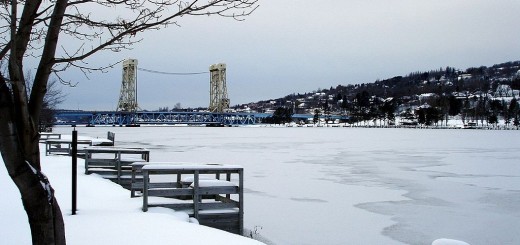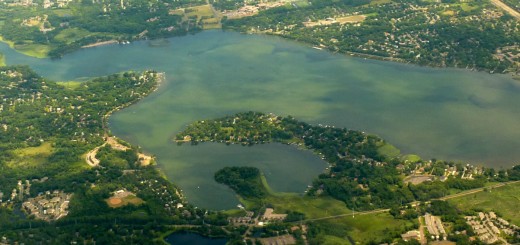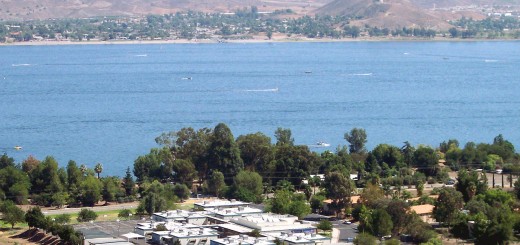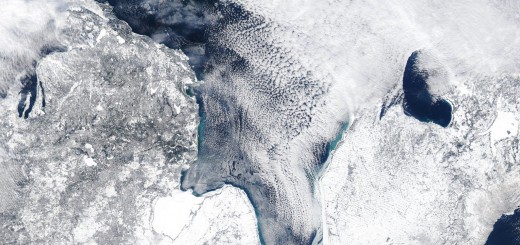Great Lakes Ice Signals Cooler Summer
0A late winter in the Great Lakes region signals a cooler summer is coming for the Northeast, according to scientists at the National Oceanic and Atmospheric Administration’s Climate Prediction Center.
One of the greatest contributors is the determined Great Lakes’ ice to stick around. The great water bodies sit about one-third still covered in ice, levels that are the highest amount for so late a date in the year. As of April 26, Lake Superior is still more than 60 percent covered.

Great Lakes on January 5, 2005. (Credit: NASA Visible Earth)
In addition to bringing about a cooler summer, there are a few more reasons that all the remaining Great Lakes ice is a big deal:
- The ice is still affecting the number of cargo ships making it through shipping channels;
- waterfowl that dive underwater for fish can starve without open water;
- cooler waters could impact fish spawning patterns, reducing yields of offspring at hatching time;
- and Great Lakes water levels will likely be higher after all the ice melts.
Those higher levels will set many things in motion. More water in the Great Lakes will let cargo vessels carry more and could help many species living in coastal wetlands. There may also be less of a need to dredge Great Lakes harbors.













